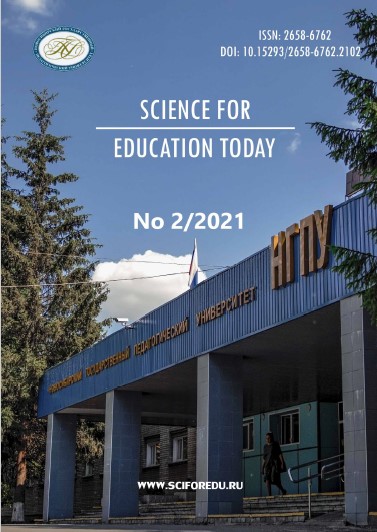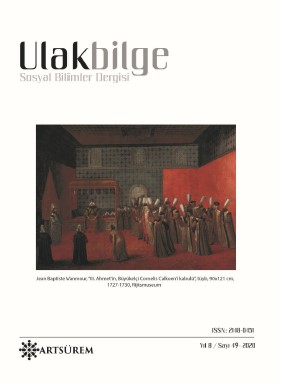
PREPOZNAVANJE EMOCIONALNIH IZRAZA LICA I DETEKCIJA LAGANJA
Reason(s) for writing and research problem(s): Having in mind that the emotion approach plays an important part in understanding verbal and nonverbal cues to deception, and that accurate detection of emotional reactions that may indicate deception is of particular importance for the police investigators, this paper presents the findings of a research on the accuracy of recognition of the emotional facial expressions. Aims of the paper (scientific and/or social): Starting with the assumption that the perception, apperception and the determination of the meaning of especially exogenous stimuli are very important for communication in the social interaction, and thus for the activity of the police, this paper presents a research whose aim was to ensure answers to the following questions: Are there any differences in the accuracy and time of recognizing emotional facial expressions among respondents; How successful are the respondents in recognizing emotional facial expressions in general, with regard to gender, and with regard to the existence of positive and negative emotions, and in identifying specific emotions? Methodology/Design: The study included 97 respondents (46 men and 51 women), which were students of Police Academy in Belgrade and the Faculty of Medicine in Novi Sad, with the average age of 22 years. Emotional facial expressions that were used in the study were taken from the Karolinska Directed Emotional Faces base (KDEF). A total of 36 photos of emotional expressions was used, of which 18 were photographs of women and 18 of men. After watching successive display of photos on a computer screen, respondents were asked to provide fast and accurate identification of emotions. Research/paper limitations: Research has been conducted in the experimental conditions, so it is assumed that the results would be more objective if research was to be conducted under the real life circumstances. Furthermore, our study included a 36 facial expressions, and this number could be larger in future research. Finally, we also question the motivation of respondents to invest more personal effort to fulfill requirements of the research. Results/Findings: The research results show that the average value of the total accuracy of recognition of emotional expression was 84% (SD = 5.93), and that there are gender differences in the recognition of emotional expressions in favor of women(85%) compared to men (82%). That is, women required less time to perform this task (SD = 51.9) than men (SD = 59.2).
More...

















